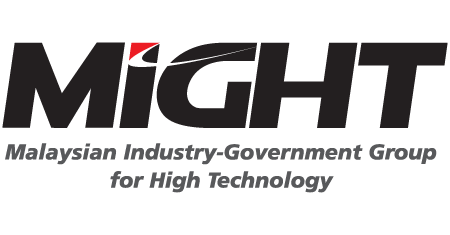With United Nations secretary-general Ban Ki-moon’s second and final term drawing to a close, historians will soon begin assessing his accomplishments in that high office, a position once dubbed “the most impossible job on earth” by Trygve Lie, the first secretary-general.
They will, for example, dissect his reforms of the institution, notably in peacekeeping operations, and, more importantly, assess the impact of his diplomatic work. In that category, three of the most profound achievements on Ban’s watch were cemented in the past year.
Under his leadership, more than 190 world figures representing virtually all of humanity agreed to 17 “Sustainable Development Goals”, setting priorities within the development agenda through 2030 with a defining pledge that no one will be left behind.
The ambitious aims of SDGs include ending extreme poverty, fighting inequality and injustice, achieving agriculture and food security, improving access to energy, clean water and sanitation, ensuring healthy lives and “wellbeing for all at all ages”.
SDGs also take aim at addressing climate change, an issue Ban began to champion early in his administration.
In a speech on March 1, 2007, two months to the day after assuming office, Ban told the General Assembly that “for my generation, coming of age at the height of the Cold War, fear of nuclear winter seemed the leading existential threat on the horizon. But the danger posed by war to all humanity, and to our planet, is at least matched by climate change”.
Two years later, he warned that humanity’s “foot is stuck on the accelerator and we are heading for an abyss”. Driven by deeply-rooted concern about the global havoc potentially embedded in the climate change problem, Ban pursued the issue with a determined effort that culminated in a landmark agreement at the United Nations Climate Change Conference, hosted by Paris last December.
The third major event overseen by Ban last year was the World Conference on Disaster Risk Reduction resulting in the Sendai Framework for Disaster Risk Reduction 2015-2030.
In all of these three achievements, what was inspiring for the scientific community was Ban’s appreciation for the pivotal role that science could play in helping solve these global challenges. He led by example in putting science at the heart of policy making.
For years, scientists had sought for a place alongside economists at the centre of policy-making, arguing that science and technology are critically important to development and for improving conditions in low resource countries.
In a knowledge-based economy, the effective use of biotech, nanotech and other emerging technologies is critical. Indeed, science, technology and innovation (STI) have helped Malaysia and many other Southeast Asian and the Asia-Pacific countries to largely eliminate poverty and hunger and driven remarkable economic growth.
Science advisers, the argument went, are necessary in every presidential and executive office, including the office of the UN secretary-general. As can be said also of Prime Minister Datuk Seri Najib Razak, Ban embraced this perspective as well, and it was manifested in many ways.
The Scientific Advisory Board (SAB) of the UN secretary-general is a good example. It is a trailblazing initiative convening 26 experts in the natural, social and human sciences, their advice applied at a multilateral level to advance sustainable development.
Announced in September 2013, Ban explained the need for SAB as follows: “We must strengthen the interface between science and policy so that the latest scientific findings are reflected in our high-level policy discussions.” One of his enduring legacies must be the recent establishment of the UN Technology Bank (TB) for Least Developed Countries (LDCs). This has been a long-standing priority of LDCs.
Structural handicaps to growth and sustainable development are a defining feature of LDCs. The technology gap faced by LDCs is a key determinant of their structural deficiencies. The state of STI in LDCs remains poor and there is no mechanism to address these deficiencies.
TB is envisaged as a facilitating mechanism to help LDCs build robust a STI base by improving LDCs’ technology access, acquisition and utilisation.
In doing so, it will promote national actions by LDCs, mobilise international support and build on existing mechanisms. I have had the honour to serve the SG as a member of the SAB and on the TB Governing Council. Ma-laysia’s experience in placing STI as a key element in its national economic development can be shared with other countries.
Whatever historians say about Ban’s tenure, it is my hope that they will recognise his having elevated science to a central position in the conduct of UN affairs, and that a lasting legacy will be his successors following this example, inspiring additional more leaders to do likewise. Tan Sri Zakri Abdul Hamid is science adviser to the prime minister
Read More : http://www.nst.com.my/news/2016/08/162593/bans-legacy-boosting-science?d=1
